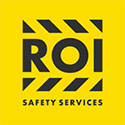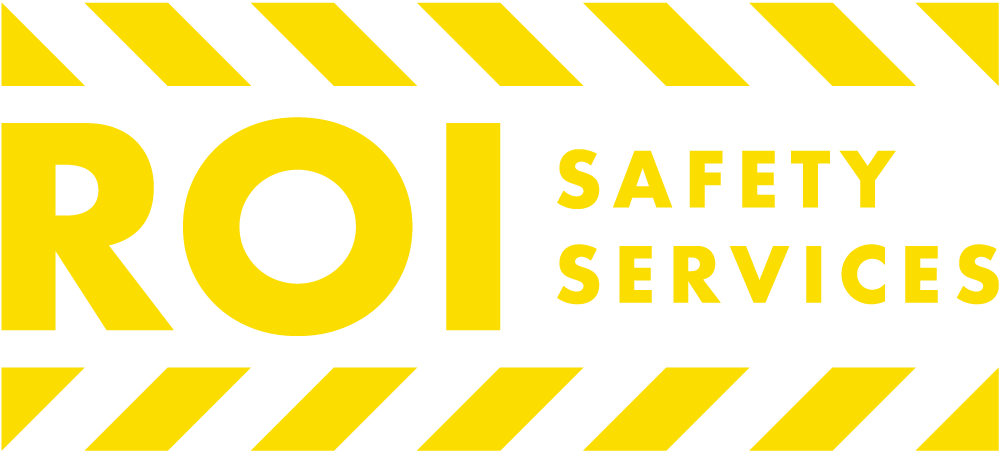Ensuring safety in any building starts with a well-crafted fire evacuation plan. It’s not just a regulatory requirement but a critical strategy to protect lives during emergencies. Understanding how to write a fire evacuation plan can make all the difference when seconds count.

Creating an effective plan involves identifying exit routes, assigning responsibilities, and conducting regular drills. By addressing these key elements, organizations can foster a secure environment and enhance their preparedness. Let’s explore the essential steps to develop a comprehensive fire evacuation plan that safeguards everyone involved.
Importance Of A Fire Evacuation Plan
A fire evacuation plan ensures the safety of all building occupants by providing clear procedures during emergencies. Complying with OSHA regulations, a well-developed plan minimizes risks and supports legal requirements. Statistics show that workplaces with effective evacuation plans experience fewer injuries and fatalities during fire incidents. Additionally, having a plan enhances employee confidence and preparedness, reducing panic and confusion when evacuations occur.
Key reasons for implementing a fire evacuation plan include:
- Legal Compliance: Adheres to OSHA standards, avoiding fines and legal consequences.
- Protecting Lives: Establishes clear exit routes and protocols to ensure everyone evacuates safely.
- Reducing Property Damage: Facilitates quick responses that can limit fire spread and property loss.
- Enhancing Employee Morale: Demonstrates commitment to workplace safety, increasing trust and morale.
- Streamlining Emergency Response: Coordinates with local fire departments, ensuring efficient assistance.
ROI Safety Services offers comprehensive on-site OSHA safety training statewide, ensuring organizations develop robust fire evacuation plans tailored to their specific needs. Their experienced trainers in California provide hands-on guidance, promoting effective implementation and regular updates to evacuation strategies.
Assessing Fire Risks And Hazards
Assessing fire risks and hazards ensures a comprehensive fire evacuation plan. This assessment involves identifying potential fire sources and evaluating the building layout and exits.
Identifying Potential Fire Sources
Identify common fire sources within the building, including electrical equipment, heating systems, and flammable materials. Assess high-risk areas by:
- Inspecting electrical panels and wiring
- Reviewing kitchen and cooking areas
- Evaluating storage rooms with combustible substances
- Checking heating and cooling systems
Evaluating Building Layout And Exits
- Marking exit paths clearly and ensuring accessibility
- Keeping emergency exits unobstructed and compliant with occupancy requirements
- Maintaining signage that meets safety standards
- Providing multiple exit routes for each floor
Developing Evacuation Procedures
Creating effective evacuation procedures ensures a swift and organized response during emergencies. These procedures outline the steps and responsibilities necessary to safely evacuate all building occupants.
Establishing Clear Evacuation Routes
Define precise evacuation routes to facilitate quick exits during a fire.
- Mapping Exits: Identify all primary and secondary exits on each floor.
- Signage Placement: Install illuminated signs above 10 feet and at intervals of 30 feet along corridors.
- Route Accessibility: Ensure pathways remain unobstructed by regular inspections.
- Alternative Paths: Provide at least two exit routes per floor to accommodate blocked paths.
- Evacuation Maps: Display detailed maps in common areas, indicating all exit routes and assembly points.
Assigning Roles And Responsibilities
Designate specific roles to streamline the evacuation process and ensure accountability.
- Evacuation Coordinators: Assign individuals to oversee the evacuation, communicate instructions, and account for all occupants.
- Floor Wardens: Appoint wardens for each floor to guide occupants to exits and check for stragglers.
- First Aid Responders: Train designated personnel to provide medical assistance if needed.
- Communication Officers: Utilize team members to relay information between evacuees and emergency services.
- Training Participants: Ensure all employees understand their roles through regular OSHA safety training sessions.
By establishing clear evacuation routes and assigning specific roles, organizations can enhance the effectiveness of their fire evacuation plans, ensuring the safety of all building occupants.
Communicating The Plan
Effective communication ensures that all employees understand the fire evacuation plan and their roles during an emergency. Clear communication facilitates a swift and organized response when it matters most.
Training Employees Or Occupants
Training employees or occupants is essential for the successful implementation of a fire evacuation plan. Regular training sessions educate individuals on evacuation routes, assembly points, and their specific responsibilities. ROI Safety Services offers comprehensive on-site OSHA safety training tailored to each client’s needs, ensuring that all participants are well-prepared. Conducting annual drills reinforces knowledge and identifies areas for improvement, maintaining a high level of preparedness across the organization.
Displaying Evacuation Maps And Signage
Displaying evacuation maps and signage enhances visibility and accessibility of emergency routes. Clearly marked signs indicate exit locations, direction arrows, and assembly areas to guide occupants during an evacuation. ROI Safety Services ensures that all signage complies with OSHA regulations and is strategically placed in high-traffic and easily visible areas. Additionally, evacuation maps are displayed in common areas such as lobbies, break rooms, and near elevators, providing constant reminders of the safest exit paths.
Testing And Maintaining The Plan
Regular testing and maintenance ensure the fire evacuation plan remains effective and up-to-date.
Conducting Regular Evacuation Drills
Schedule evacuation drills at least twice a year to evaluate response times and identify issues. Involve all building occupants, simulating various fire scenarios to test different aspects of the plan. Document each drill’s outcomes, noting areas for improvement. Utilize feedback to enhance procedures and training. ROI Safety Services offers comprehensive on-site OSHA safety training, including tailored evacuation drills that address specific client needs statewide.
Reviewing And Updating The Plan
Review the fire evacuation plan annually or after any significant building changes. Assess new hazards, such as updated equipment or altered layouts, and incorporate them into the plan. Update contact information, roles, and responsibilities to reflect any personnel changes. Ensure all signage and evacuation maps comply with current OSHA regulations. ROI Safety Services provides expert consultations to regularly update and optimize fire evacuation plans, ensuring ongoing compliance and effectiveness.
Conclusion
A robust fire evacuation plan is essential for safeguarding lives and ensuring compliance with safety regulations. It clearly outlines exit routes, assigns responsibilities, and incorporates regular drills to maintain readiness.
Implementing and maintaining an effective evacuation strategy not only minimizes risks during emergencies but also boosts employee confidence and morale. Partnering with experts like ROI Safety Services ensures that plans are tailored to specific needs and stay up-to-date with the latest safety standards.
Taking proactive steps today enhances preparedness and guarantees a swift organized response when it matters most.

